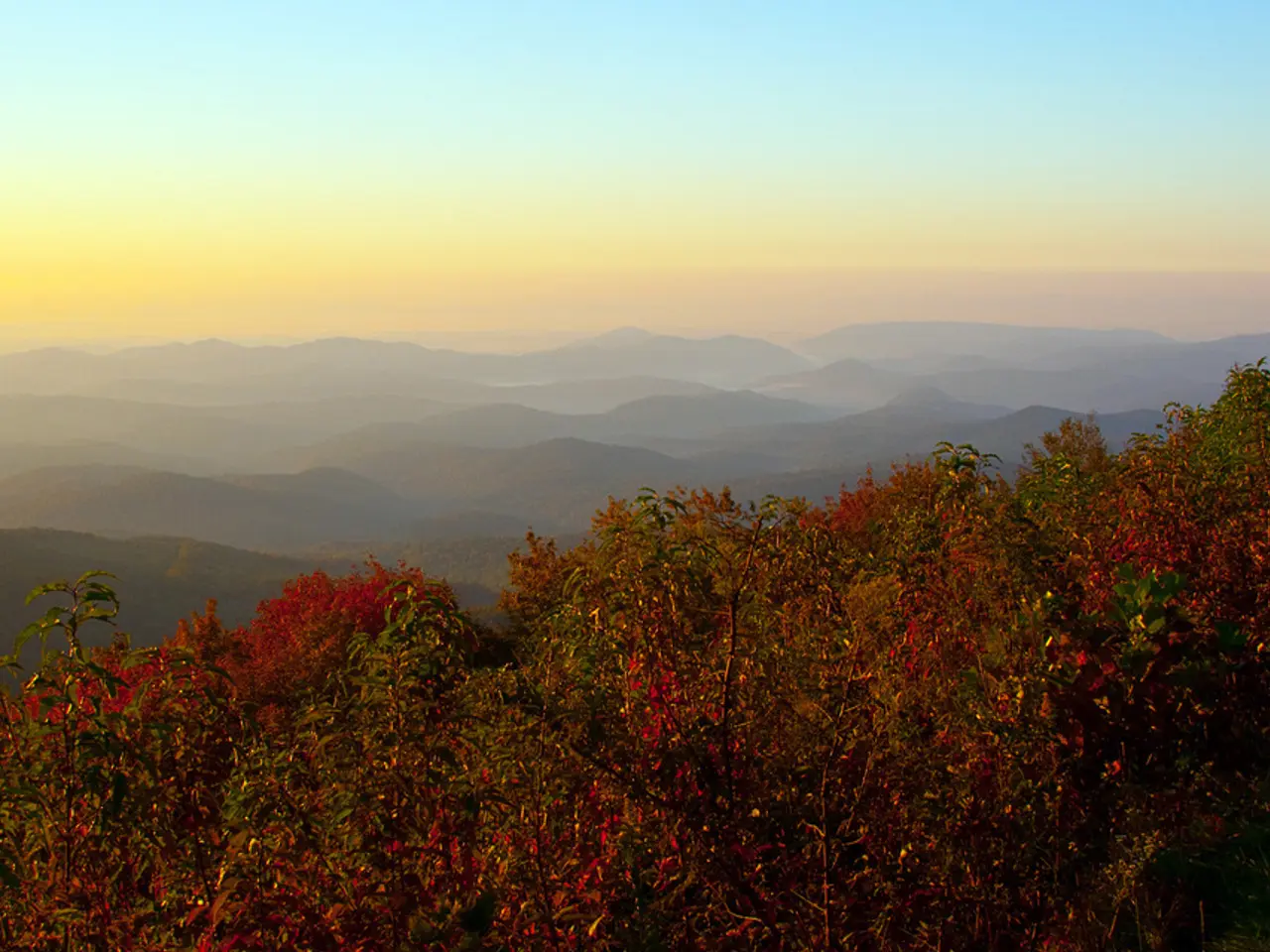Guide for Aiding Pollinators: Steps to Support Pollinating Creatures
==================================================================
In the heart of the Midwest, Ohio is home to a diverse array of pollinators, including honey bees, native bees, butterflies, and hummingbirds. These vital creatures play a crucial role in the ecosystem and food production, and gardeners can help support and protect them by creating pollinator-friendly habitats.
All photos in this article are by Denise Ellsworth.
Diversifying Your Garden for Pollinators
A key action is to plant a diverse variety of native flowering plants that bloom throughout the growing season. This ensures a continuous supply of nectar and pollen for pollinators. Some excellent choices in southwestern Ohio include purple coneflower, stiff goldenrod, Joe-Pye weed, Monarda, New England asters, butterfly weed, swamp milkweed, blazing star (Liatris), blue false indigo, and Ohio spiderwort.
Sunny Spaces for Pollinators
Remember that pollinators, being cold-blooded, need warmth from sunlight to be active. Creating sunny garden areas is essential for these creatures to thrive.
Clustered Blooms for Efficient Foraging
Planting flowers in clusters or blocks (3 to 7 plants together) makes it easier for pollinators to forage efficiently.
Diverse Food Sources and Habitats
In addition to perennials, consider incorporating annuals, shrubs, and trees to provide diverse food sources and nesting habitats. Trees like maple, basswood/linden, tulip poplar, black locust, and catalpa, and shrubs such as pussy willow, viburnum, and serviceberry are beneficial for pollinators.
Attracting Specific Pollinators
Include flowers that attract specific pollinators, such as those with nectar that attract butterflies, hummingbirds, and moths. Some vegetables like squash, cucumbers, tomatoes, and eggplants can also provide pollen and nectar.
Chemical-Free Gardens
Avoiding pesticides and chemical treatments in lawns and gardens is essential as these can harm pollinators directly or degrade their habitat.
Nesting Habitats for Pollinators
Provide nesting habitats such as patches of tall grasses, shrubs, low-growing plants, and areas with fallen branches or undisturbed soil for ground-nesting bees.
Embracing "Weeds"
Leave some wild or “weedy” areas, including dandelions, since they are an important early-season food source for pollinators.
Community Initiatives
Engage with local community programs or challenges, like the Cincinnati Zoo's Plant for Pollinators Challenge, which promotes the use of pollinator-friendly plants and habitat restoration in the region.
An Integrated Pest Management Approach
An integrated pest management (IPM) approach should be used to reduce pest pressure.
Important Habitats for Overwintering
Brush piles, dead standing trees, bare soil, and clumping grasses can provide important nesting and overwintering habitat for bees and butterflies.
By following these integrated practices, Ohio gardeners can create critical support for pollinators that are vital for ecosystem health and food production.
[1] The Ohio State University Extension. (2020). Ohio Pollinator Habitat Initiative. https://ohioline.osu.edu/factsheet/ag-fact-548
[2] Pollinator Partnership. (2020). Ohio Pollinator Conservation Guide. https://pollinator.org/ohio-pollinator-conservation-guide
[3] Xerces Society for Invertebrate Conservation. (2020). Ohio Pollinator Conservation Guide. https://www.xerces.org/wp-content/uploads/2020/06/2020-06-Ohio-Pollinator-Conservation-Guide-final.pdf
[4] Cincinnati Zoo & Botanical Garden. (2020). Plant for Pollinators Challenge. https://www.cincinnatizoo.org/plant-pollinators/
[5] The Ohio State University Bee Lab. (2020). Pollinator-Friendly Gardening. https://beelab.osu.edu/pollinator-friendly-gardening/
- To support diverse pollinators in the ecosystem, consider implementing an integrated pest management approach for pest control in your home-and-garden lifestyle.
- For a thriving pollinator-friendly garden, create sunny spaces and plant flowers in clusters or blocks, providing a continuous supply of nectar and pollen throughout the growing season.
- In addition to native plants, incorporate diverse food sources by planting annuals, shrubs, and trees, such as maple, basswood, tulip poplar, black locust, and catalpa, to attract and support a variety of pollinators.
- Embrace a sustainable and eco-friendly lifestyle by adopting chemical-free gardening practices, ensuring a safe environment for pollinators, and engaging in community initiatives like the Cincinnati Zoo's Plant for Pollinators Challenge.




